Some people watch 9½ Weeks for the sex. I watch it for the furniture
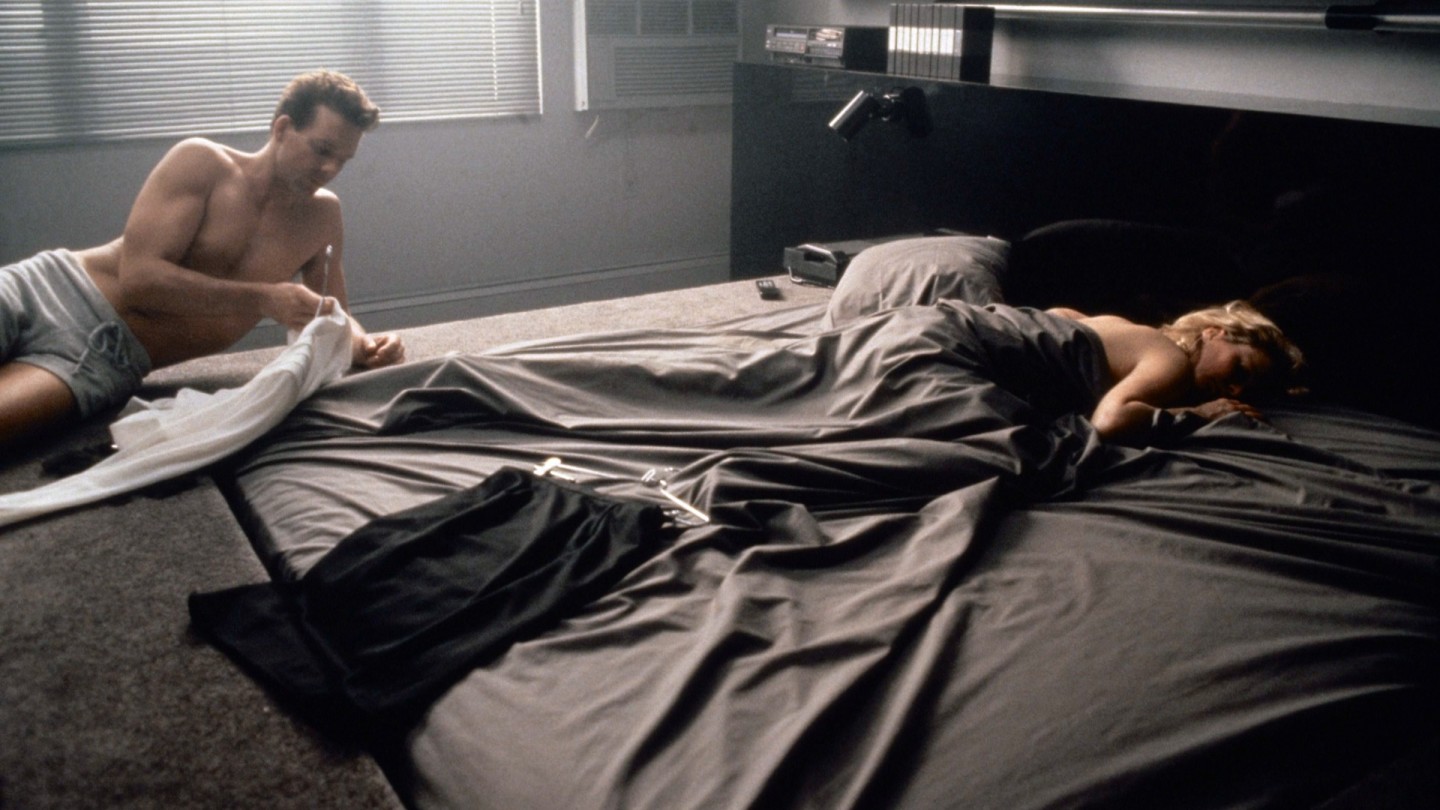
Roula Khalaf, Editor of the FT, selects her favourite stories in this weekly newsletter.
The first significant object I bought with my own money as a teenager was a Tizio lamp from Artemide. It was designed by Richard Sapper in 1971, the year I was born, and it’s sitting beside me as I write. The intersecting black parallel lines and counterweights glide with the gentlest touch and have pleased me for decades. But I wanted it purely because Kim Basinger’s character Elizabeth McGraw has one on her desk in the art gallery where she works in 9½ Weeks – a film I saw through subterfuge, underage, at the now long-closed Cannon cinema in 1986. I was there with friends on the promise of transgressive S&M. The film didn’t deliver, but director Adrian Lyne – who, like Ridley Scott and many other filmmakers of the time, came from an advertising background – created a visual fantasy of the New York interior in which I yearned to live.
Mickey Rourke’s character John Gray inhabits a world of black-and-white modernist furniture, illuminated by bright daylight and striped with sleek black lines – the Venetian blind is omnipresent in each neo-noir film of that era. While the bubble-gum colours of that other great ’80s moment, Memphis, now seem retro and old-fashioned, Gray’s interiors are still as fresh as ever. The furniture of Marcel Breuer and Eileen Gray has a surprisingly timeless quality and has since become embedded in the language of modern, minimal design.
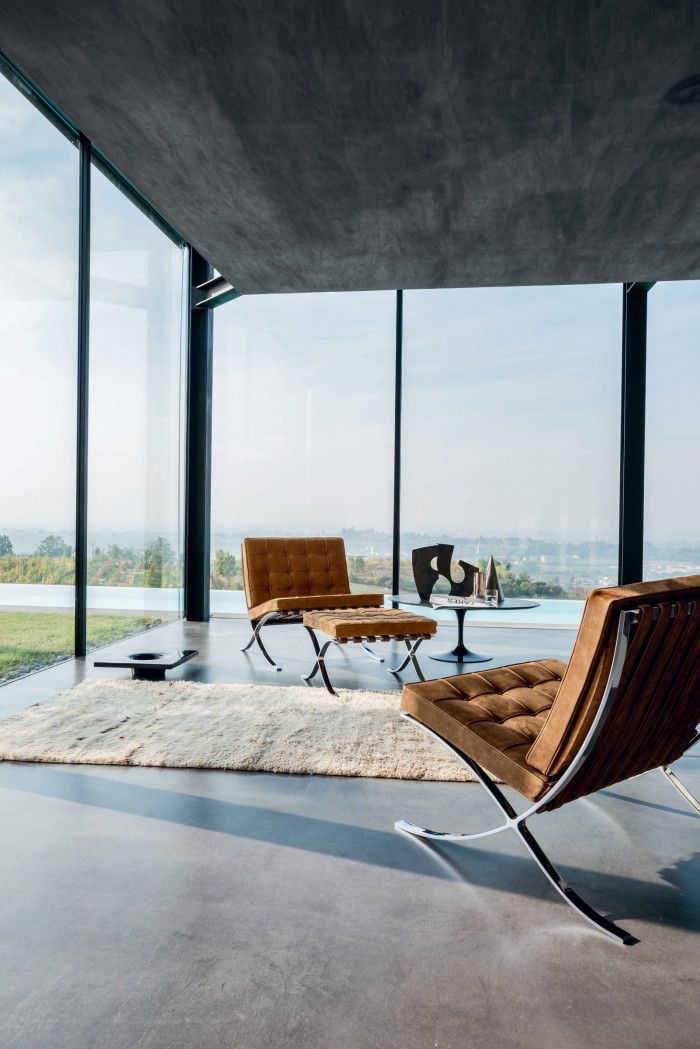
In 9½ Weeks “John’s sterile, perfectionist personality set the tone: the hangers had to be perfectly spaced in his closet; the furniture stark black and chrome; no personal, decorative items anywhere,” says Linda Conaway-Parsloe, who was art director on the movie. “It was a very form-follows-function environment.”
Key pieces were selected from the 1982 collection of Richard Meier furniture produced by Knoll. The dining chairs and table (a set is currently on sale on 1stDibs for $54,000) and the rocking chaise (currently on sale for $36,500) speak to the work of Scottish Arts and Crafts master Charles Rennie Mackintosh. Two chairs on the set are repeatedly misidentified on fan websites as being a Willow and a ladderback Hill House chair by Mackintosh. In fact, Parsloe believes they were sourced by Lyne from a custom furniture shop in SoHo, New York, when he was living in the neighbourhood. Everything in the apartment looks fantastic when it is backlit – reduced to silhouette – and therefore more iconic, because the lighting technique being explored in ’80s film was an updated chiaroscuro, a motif of first-wave film noir.
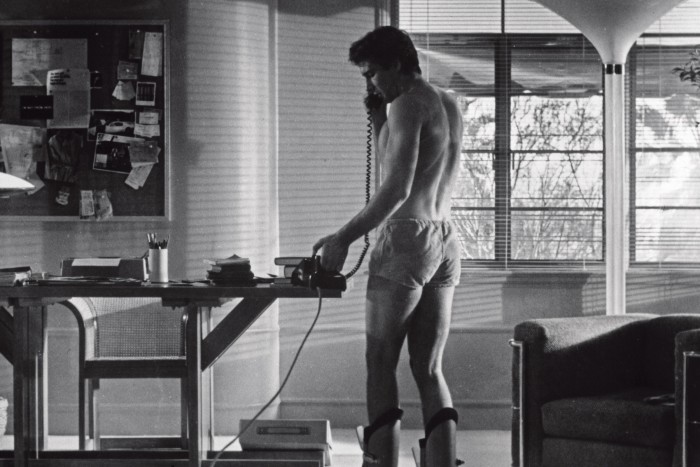
The style signatures of ’80s cinema did not only happen Stateside. The directors of the Cinéma du Look movement in Paris, including Luc Besson, were obsessed with surface and gloss to match their themes. Jean-Jacques Beineix’s Diva in 1981 is a high point – full of warehouse spaces repurposed for a radical way of living. But it was American cinema that really drove the aesthetic into the mainstream. “It was a direct reaction to rough-hewn 1970s indie cinema,” says film production design researcher Karen Krizanovich. “Paul Schrader’s American Gigolo in 1980 is a style magazine in motion, with floor-to-ceiling mirrors and Venetian blinds. It was an era of hard surfaces and high-tech, not subtlety.”
The look of tech in that decade was equally informative. “The designs were sleek and angular,” says Ramesh Nair, creative director of Parisian leather goods house Joseph Duclos, who collects vintage ’80s hi-fi equipment. “Buttons were replaced by soft-touch pads and LEDs replaced needles. The Nakamichi ‘Dragon’ was the holy grail for audiophiles; it remains a collector’s item for sonic excellence and design. The RX-505 is another excellent cassette deck with a cool flipping function that still delights me.” The latter has a starring role in John Gray’s apartment in 9½ Weeks and vintage editions sell for around £2,000.
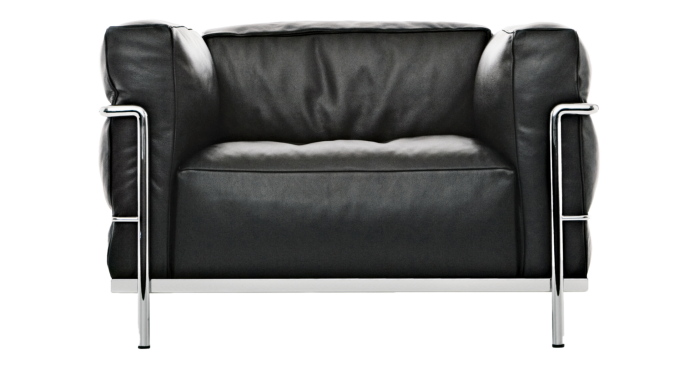
Cassina 3 Fauteuil Grand Confort, Grand Modèle armchair, from £3,762
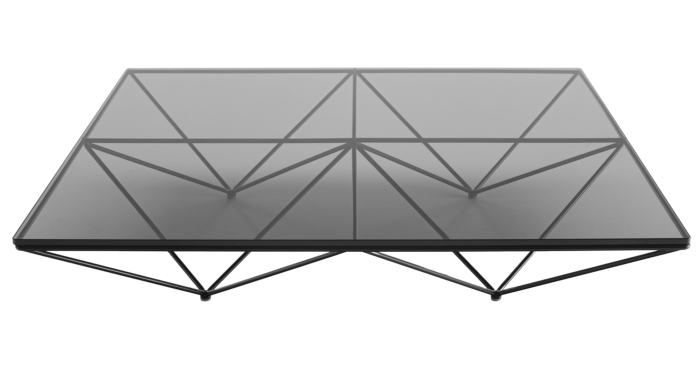
Alanda coffee table by Paolo Piva, now made by B&B Italia
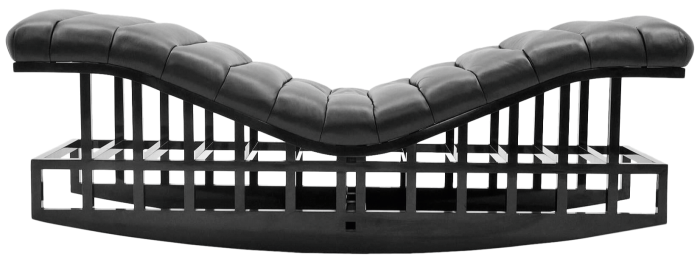
Knoll rocking chaise by Richard Meier, $36,500, 1stdibs.com
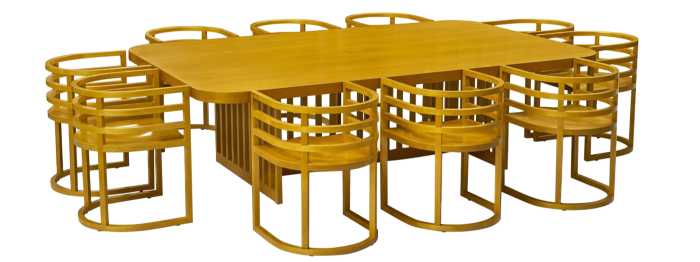
Knoll dining set by Richard Meier, $54,000, 1stdibs.com
American Gigolo is a typical neo-noir, with a Giorgio Moroder soundtrack, Armani wardrobe and a 3 Fauteuil Grand Confort, Grand Modèle chrome-framed chair by Le Corbusier, Perriand and Jeanneret (designed in 1928, and still produced by Cassina today, from £3,762). That chair features in numerous films in the 1980s, usually in black leather, although Gere’s character in Gigolo, Julian Kay, owns one in grey wool – a nod to his tailoring. Another modernist classic that appears repeatedly – including in 9½ Weeks – is Marcel Breuer’s 1925 Wassily design, inspired by a bicycle frame and created using bands of leather. It remains in production at Knoll, and sells in London at Aram (£1,884), which is also the go-to for the Eileen Gray-designed Transat chair, from £14,321.
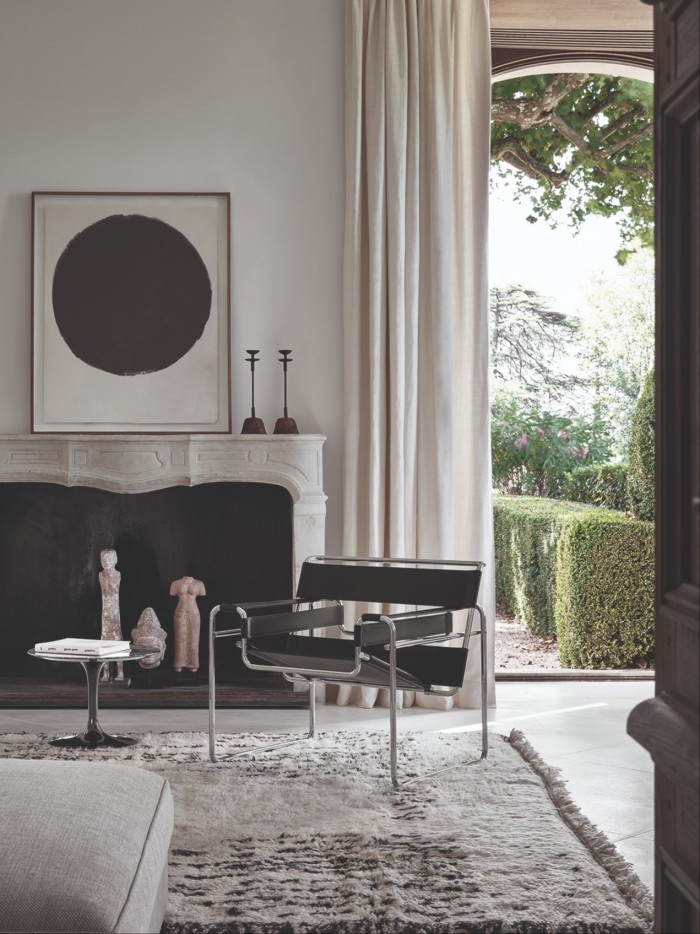
The Transat is the iconic piece that sits in the basement of the original SoHo New York Comme des Garçons store where Kim Basinger and Mickey Rourke go shopping for a suit in 9½ Weeks. Fashion historian Mairi MacKenzie recently researched the old Comme des Garçons outpost. “I worked on a virtual exhibition of the work by Steven Campbell last y2ear called Dressing Above Your Station that incorporated a virtual version of the store,” she says. MacKenzie intends to write about “the impact 9½ Weeks had on the teenage population of small-town Scotland (which is where I am from), when the film came out”, as well as the wider population, as part of an upcoming book.
Early-20th-century modernist furniture is so linked to ’80s style that when the film adaptation of American Psycho – Bret Easton Ellis’s bloodthirsty satire of the decade – appeared in 2000, Patrick Bateman had an apartment furnished with van der Rohe Barcelona thrones, and a (legitimate) Mackintosh Hill House chair. He also had a vintage Alanda coffee table by Paolo Piva – a new version of which is made by B&B Italia (from $2,318). An original of that Piva table sits in my living room (I happened upon it in a now-closed vintage shop in Crystal Palace). I love the geometry of its base, reminiscent of a Fred Sandback minimalist installation.
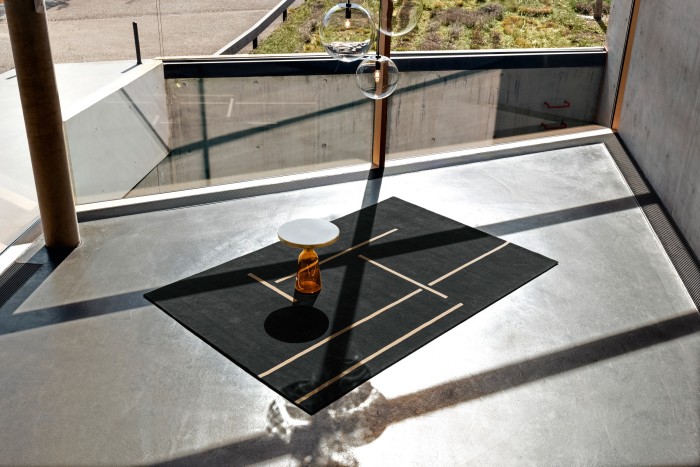
All these pieces are as synonymous with the wealthy Manhattan investment bankers of the ’80s as cocaine and shoulder pads. And each is documented (with links to retail outlets) on the website filmandfurniture.com, co-founded by Paula Benson. Benson recalls how the era shaped an obsession: “As I was entering design college in London in 1986, postmodernism was raging around us.” That original Comme store in New York, with its black lines of racks and bannisters intersecting against white walls, still looks modern today. As Daniel Aram, MD of the Aram store, says: “Eileen Gray’s work is still sought after because it’s relevant in design and function. The Bauhaus period ushered in a paradigm shift in aesthetics, with a change in manufacturing methods and materials that were fundamental. They remain resonant today for contemporary needs.”
Sure, some of it is nostalgia. As Ramesh Nair observes: “The 1980s was the era of Mugler, Madonna, mix tapes and MTV.” But it was also when we rejected the suburban trappings and tropes of the ’70s and wanted to feel modern. The aesthetic we gravitated towards is now omnipresent, as it was intended to be by design. It never had to be mere fantasy.
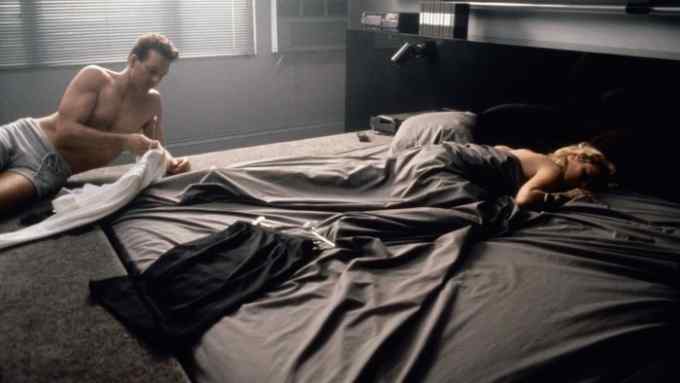
Comments